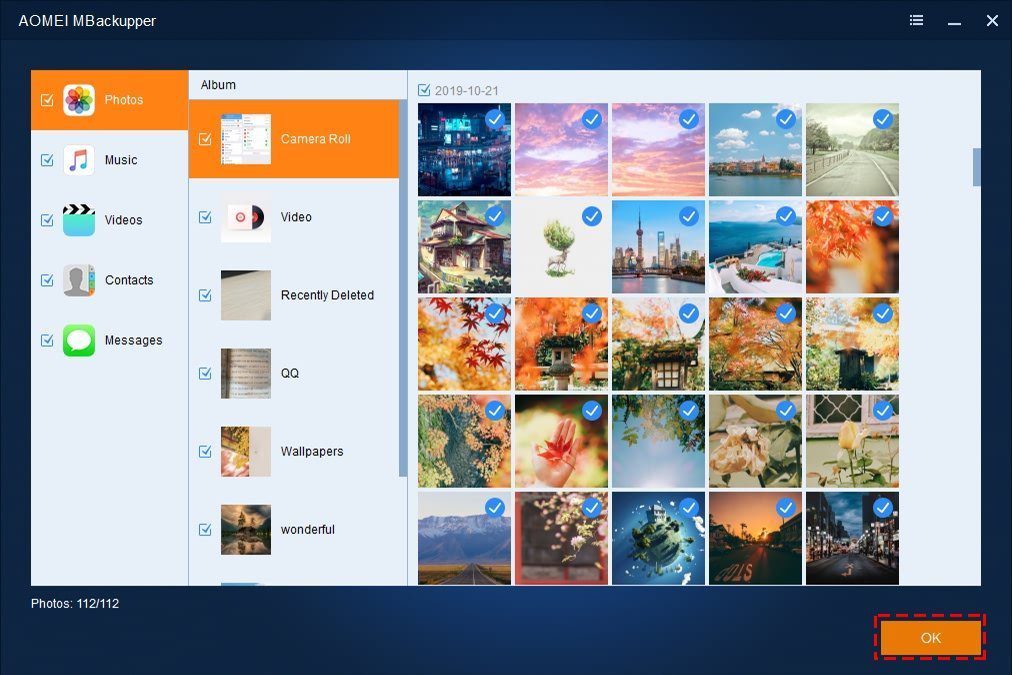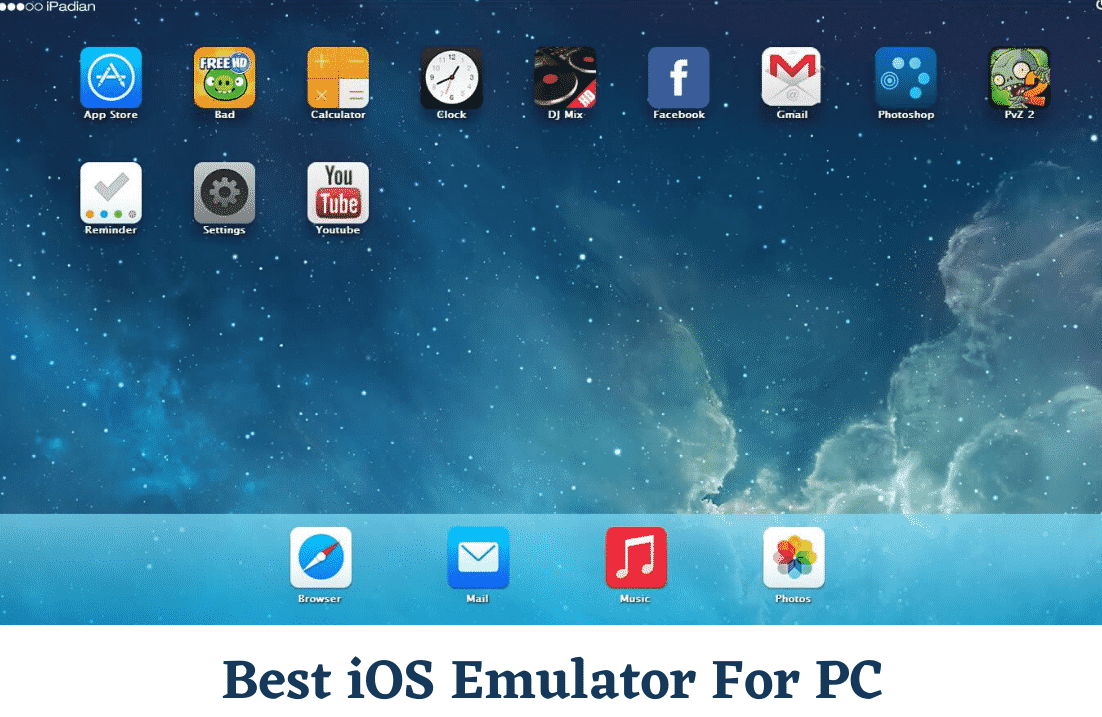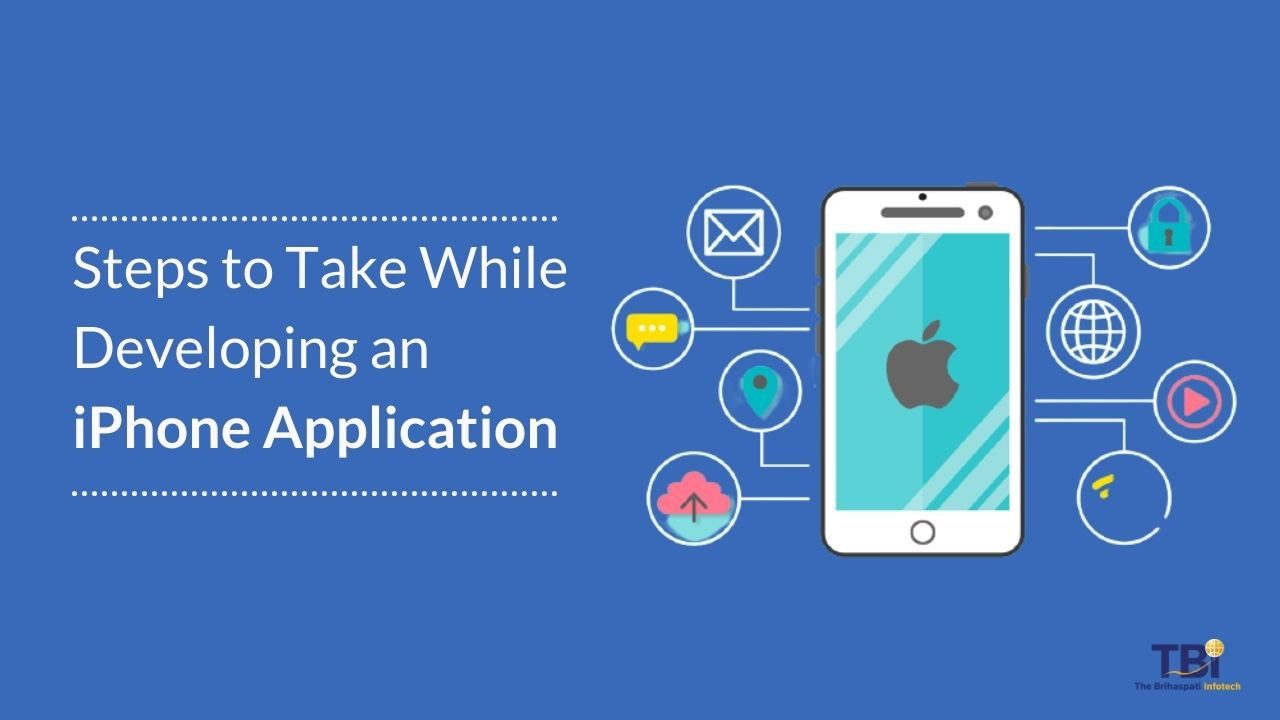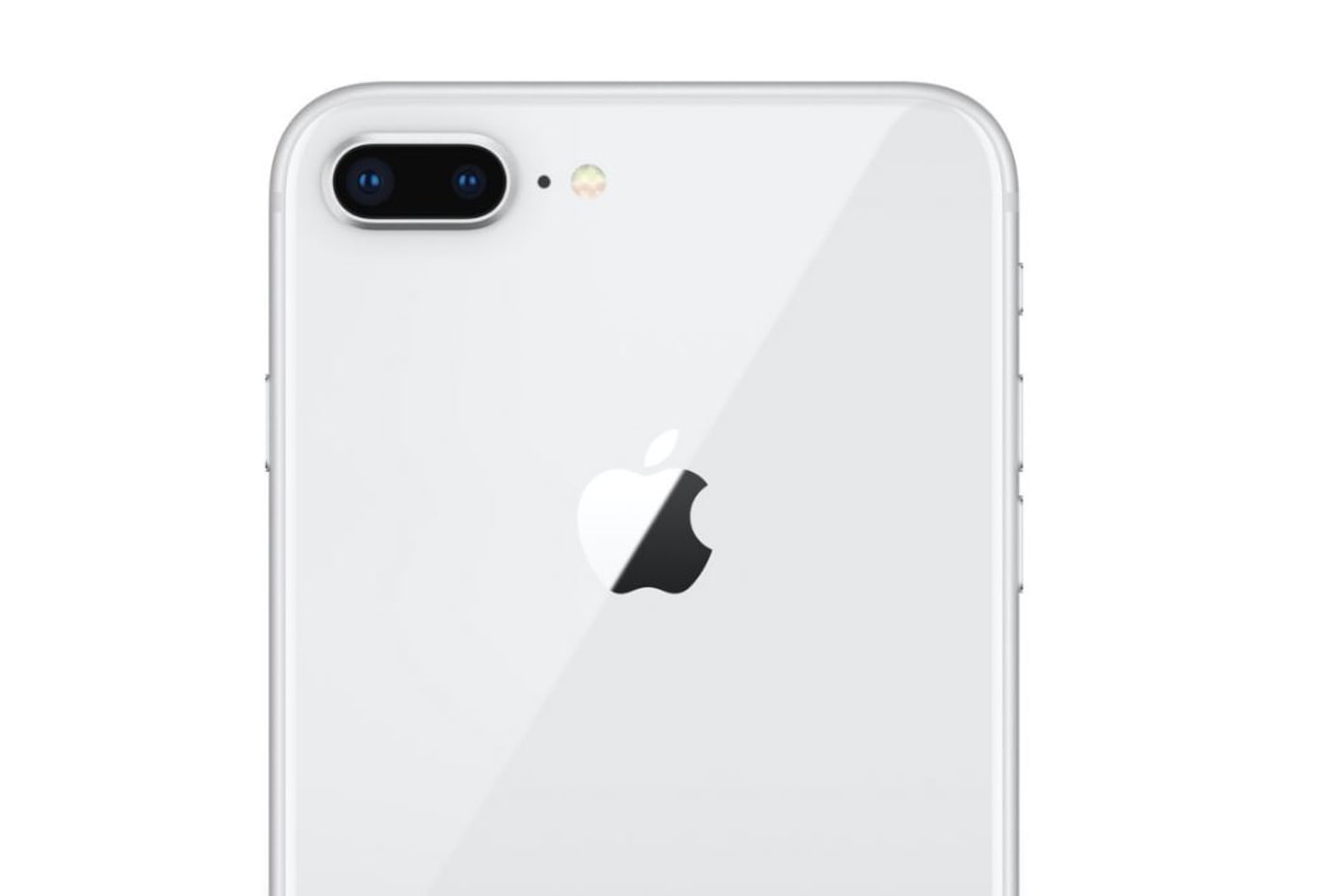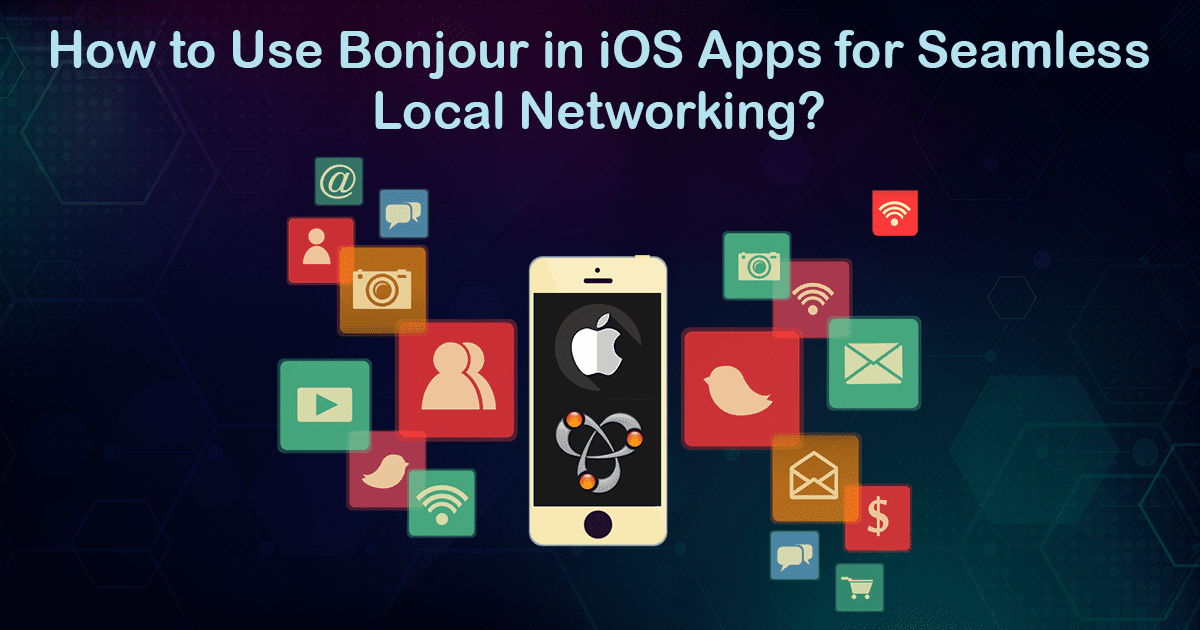
You want your app to connect devices smoothly. You want users to tap once and see results without configuring a thing. That’s what Bonjour does. It’s Apple’s built-in method for local discovery. And it works quietly behind the scenes, helping devices find and talk to each other without asking for IPs or network settings. To ensure such seamless integration, many teams choose to hire mobile app developers early in the project lifecycle.
Bonjour is part of every Apple device. You can use it to support games, file sharing, smart home controls, or classroom tools. When you use it well, it feels like magic. But it’s not. It’s a clean, local protocol based on real standards that you can apply right away. For businesses building such experiences, partnering with an iOS app development company ensures the implementation is handled professionally and integrates well into existing systems.
This guide walks you through what Bonjour does, how it works on iOS, where to use it, and how to make your app handle it with clarity and control.
What Does Bonjour Mean?
Bonjour allows your app to find and connect with other devices on the same local network—no setup needed. No internet required. It handles discovery automatically through a combination of two protocols—Multicast DNS and DNS Service Discovery. For projects needing tighter control and long-term scalability, some companies hire dedicated mobile app developers to architect the network logic effectively.
You advertise your app’s service. Another device asks if that service is present. Bonjour returns a list of available devices, with details like name, address, and port. That’s it. Then you take it from there. If you’re considering integrating this into your product, many iOS app development services providers offer support for incorporating Bonjour functionality effectively.
This process simplifies the user experience. It removes friction. You avoid asking users to type IP addresses or guess device names. You remove the risk of mistyping. And you make discovery consistent, no matter the environment.
Why Bonjour Works So Well on iOS
Apple designed Bonjour to match the experience users expect. It’s fast, quiet, and already installed on every iOS device. You don’t need to add external packages or run setup scripts. It just works. To meet high performance and UX standards, companies often hire iOS app developers who specialize in local networking features.
Here’s what you get when you add it to your app:
Aligned with Apple Features
You’re using the same tool behind Airdrop, Airplay, and local printing. It gives your app a native feel that users trust. No setup. No clutter. The connection experience feels like part of the system. For such seamless integrations, companies often seek custom iOS app development services to ensure consistent, native behaviour across platforms.
Offline Compatibility
Bonjour runs on local networks. You don’t need the internet. That helps when you’re building games, smart device controls, or content sharing apps. It gives you a direct path to offline utility. Developers building hybrid or offline-first apps often hire remote mobile app developers to maintain flexibility and around-the-clock collaboration.
Built-In Privacy and Simplicity
Bonjour stays within the local network. It doesn’t reach out. That limits exposure and lowers risk. It’s also light. It doesn’t waste battery with constant checks. And users don’t need to know how it works to benefit from it.
Where Bonjour Fits Best
You can apply Bonjour in any app that needs fast, local communication. These are the most common use cases where it shines:
Multiplayer Games
Players can find each other without entering hostnames. Once they’re on the same Wi-Fi, your app connects them automatically. This makes the experience faster and more inclusive, especially for casual users. To streamline this, some teams engage iOS mobile app development consulting services to tailor Bonjour-based multiplayer experiences with minimal latency.
Studios developing high-performance gaming apps sometimes hire top mobile app developers with deep experience in real-time local networking.
File and Media Sharing
Your users can share content with nearby devices. Bonjour finds the devices and starts the session without asking for input. Whether you’re transferring photos or large files, the experience feels direct and efficient.
Remote Control Interfaces
You can build remote tools that detect and pair with TVs, computers, or smart speakers as soon as they’re on the network. Bonjour removes the need for a pairing screen or configuration wizard. These kinds of responsive apps often rely on teams that hire mobile application developers to fine-tune real-time connectivity with device APIs.
Group Tools and Sync Apps
Bonjour works well in classrooms, offices, or hospitals. Devices discover each other, sync securely, and exchange data in a closed space. This setup supports attendance tracking, whiteboard tools, or even patient monitoring interfaces. If your use case is niche, you might consider a top iPhone app development company to build tailored functionality around Bonjour’s capabilities.
Smart Device Setup
You can use Bonjour during the first-time setup of IoT devices. The app finds the smart device and connects without typing addresses. This makes onboarding easier for non-technical users and lowers setup errors.
To maintain onboarding quality and app reliability, many businesses hire dedicated iPhone app developers who focus on the early-stage user journey.
How Bonjour Works on iOS
Bonjour in iOS uses a set of system APIs. These handle two main tasks: publishing services and browsing for them.
For a fast rollout of these features, some organizations choose to hire mobile app programmers to modularize service discovery logic.
When you publish a service, your app shares what it offers and where. When you browse, your app searches for a service type and collects info about how to connect. Partnering with the best iOS app development agency can ensure that your discovery and connection flow are not only functional but also optimized for real-world scenarios.
These steps happen quietly in the background, letting devices talk to each other without asking users to lift a finger.
Understanding Service Names
Each service in Bonjour includes a few parts. These parts help your app identify what it’s looking for:
- A service type: This tells Bonjour what your app does. A drawing app might publish itself as a shared canvas. A chat app uses a type for messaging.
- A service name: This name must be unique on the network. It helps the user see which device is which.
- A domain: Most often “local.” It defines the network scope.
Developers working on personalized user interfaces sometimes hire iPhone app developers to ensure clarity and relevance in service naming. When your app browses for services, it gets a list of all matching ones. You then choose which one to connect to.
Discovery Flow: Step by Step
To design your app’s discovery logic, follow this core pattern:
1. Service Announcement
Your app advertises its service with a name, type, and port.
2. Discovery
Other devices scan the local network for the same service type.
3. Resolution
The scanning device gets the IP address and port details for that service.
4. Connection
You open a socket or run your protocol on that connection.
Teams building highly interactive workflows often hire expert mobile app developers to handle low-level networking logic efficiently.
This happens without user input. Once the service is found, your app runs the rest of the flow on its own.
Best Practices for Bonjour on iOS
To use Bonjour with control and care, follow these principles:
Define Your Service Type
Make sure your type is clear and unique. Avoid conflicts with other apps by adding your domain or company prefix. This helps your app stand out in a shared environment.
Use Clear Service Names
Help users see which device they’re connecting to. Include device names, roles, or usernames if helpful. Avoid generic or confusing names. For compliance and user trust, it’s common to Hire Dedicated iOS App Developers to structure the device discovery UX around organizational standards.
Ask for Permission the Right Way
Since iOS 14, your app must ask users for local network access. Write a short, clear explanation in your Info. List. Without it, Bonjour won’t work.
Prepare for Network Changes
Local networks shift. Devices drop off. IPs can change. Your app must be ready to retry or re-browse without crashing or freezing. Monitor Bonjour state and reset connections gracefully.
Conserve Power
Don’t browse constantly. Start discovery when you need it. Stop it when idle. This helps you protect battery life on mobile devices. Use timers or user events to control the cycle.
In distributed teams or international builds, companies often hire remote iOS developers to test and optimize Bonjour-based features across time zones.
Examples from Real Apps
Bonjour is used every day by Apple and third-party apps. These are just a few places where you’ve already seen it in action:
- Airdrop and Airplay use Bonjour to find nearby devices.
- Apple Photos uses it to detect devices for photo sharing.
- Media server apps rely on Bonjour to list available sources.
- File-sharing tools use it to start transfers with nearby peers.
- Remote control apps use it to pair with TVs or music systems.
- Smart speaker and printer setups often begin with Bonjour discovery.
You also find it in productivity tools, smart lighting apps, and developer utilities.
Cross-Platform Use of Bonjour
Bonjour started with Apple, but you’re not limited to iOS and macOS. You can also use it on:
- macOS: Full support built-in.
- Windows: Requires the Bonjour installer from Apple.
- Linux: Supported through Avah, a compatible open-source version.
This helps you build tools that work across devices, even outside Apple’s ecosystem. That gives your app more reach and relevance. Many businesses seek mobile app development solutions that ensure Bonjour-based features are tested across platforms for maximum compatibility.
What Bonjour Can’t Do
Bonjour is powerful, but it’s not universal. Know where it falls short so you can build around those gaps:
- Bonjour only works on local networks. You can’t use it across the internet unless you build a VPN or tunnel.
- It needs Wi-Fi or Ethernet. Bonjour does not run over mobile data networks.
- Some networks block or filter multicast. That breaks Bonjour.
- It’s not meant for real-time or critical communication without backup protocols.
For local discovery, it works. For global reach or real-time sync, you need more.
Bonjour or Multipeer Connectivity?
Apple gives you another tool too: MultipeerConnectivity. Use the right one for your goal.
Bonjour is low-level. You handle the connection logic. You pick your protocol. You control everything after discovery.
MultipeerConnectivity is higher-level. It manages discovery and data transfer. It also uses both Bluetooth and Wi-Fi and can work without a router.
Choose Bonjour if:
- You want to work with TCP or UDP.
- You need your app to run on Android or Windows, too.
- You want full control over connection flow.
Choose MultipeerConnectivity if:
- You’re building a quick local sharing tool.
- You don’t need the internet or a router.
- You want a simple file transfer with less setup.
Building with Bonjour in Production
If you’re designing an app for the public, add structure to your Bonjour setup. Think through the full system. Make sure the connection works even if discovery drops for a second.
You should:
- Create a consistent naming system for services.
- Keep the communication layer separate from discovery.
- Add reconnection support so users don’t lose progress.
- Give users clear feedback when services appear or drop.
Take a drawing app, for example. One user starts a session. Others find it through Bonjour. Once connected, the app holds the drawing session even if Bonjour goes quiet. That’s the goal.
Final Thoughts
You need your app to connect without friction. Bonjour helps you do that. It gives you a clean, direct path to local discovery. You don’t need a server. You don’t need to set up. You just publish, browse, and connect.
Use Bonjour with intent. Follow best practices and respect the user’s network and battery. And let Bonjour handle the search while your app handles the experience. Get in touch with AllianceTek to get more professional insights on using Bonjour in iOS.
Frequently Asked Questions
- Does Bonjour work over the internet?
No. Bonjour is local only. You can’t use it for global discovery unless you add custom solutions.
- Can I use Bonjour in SwiftUI apps?
Yes. Bonjour works with any iOS framework. You can call it from your view model or from a background service.
- Do users need to install anything?
No. Bonjour is built into iOS and macOS. On Windows, users might need a small install package.
- Is Bonjour secure?
Bonjour does not encrypt traffic. Use TLS or other secure protocols if your app shares sensitive data.
- Will Bonjour drain the battery?
It can if misused. Avoid constant browsing. Start only when needed and stop when idle.





